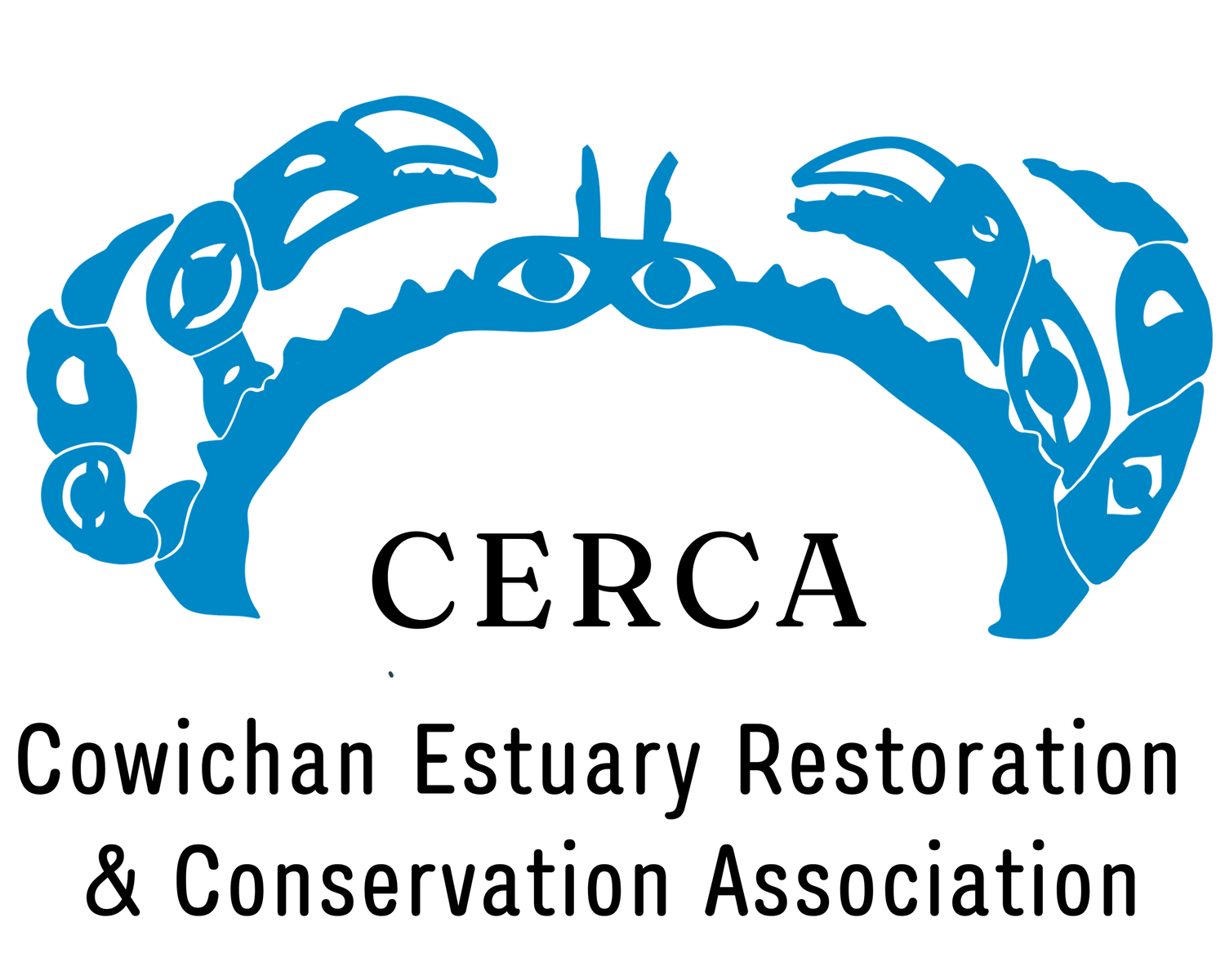
Activities and Projects
Current Concerns & Ongoing Issues
-

Dredging the Estuary’s Log Transport Channel
The yearly dredging of the log transport channel that links the deep water to the mill pond of Western Forest Products (WFP) sawmill in the Cowichan Estuary is a significant undertaking that carries uncertain ecological and environmental outcomes in the short and long term. The process has adverse effects on the estuary ecosystem as a whole, including habitat deterioration, noise disturbance, the release of contaminants, sediment disturbance, and elevated concentrations of suspended sediment.
-
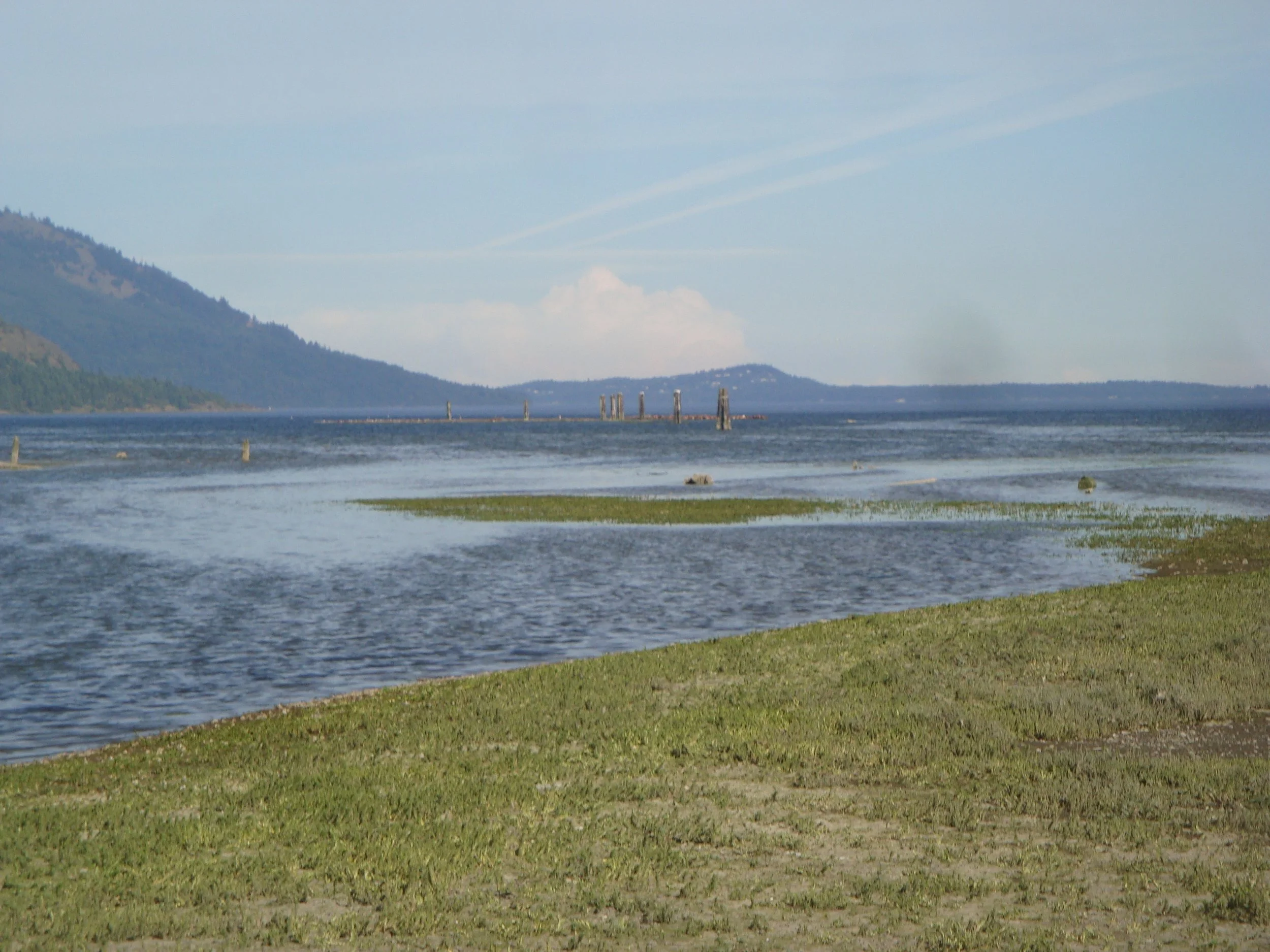
Re-zoning Abandoned Leases for Conservation Management
One of CERCA's primary objectives is the re-zoning of abandoned Crown Leases in the Cowichan/Koksilah Estuary, which were originally allocated under the Cowichan Estuary Environmental Management Plan (CEEMP), for light industrial purposes. As part of the management plan, Lease 103103 situated south of the Westcan Terminal and held by Western Stevedoring, should be reclaimed for conservation management, adhering to the specifications outlined in the Cowichan Estuary Environmental Management Plan.
-
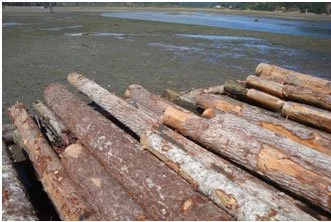
Grounding Log Booms in the Estuary
The practice of log booms grounding out during low tide in the Cowichan Estuary goes against the original contractual agreement between Western Forest Products (WFP), the operator of a sawmill in Cowichan Bay, and the Department of Lands of the Ministry of Forests, Lands, and Natural Resources (FLNRO). CERCA is diligently striving to advocate for the implementation of deep water storage, which could alleviate damage caused to habitat, eelgrass and vegetation, water quality, sediment compaction, and marine life in the estuary.
-

Industry in the Heart of the Estuary
The heart of the estuary is currently facing detrimental impacts due to industrial activities. Contaminants are seeping into the waterways, causing harm to the delicate ecosystem. Additionally, noise pollution and light pollution are disrupting the natural habitats and patterns of wildlife. It is clear that the estuary is not suitable for industrial operations. However, in order to preserve both the environment and jobs, the relocation of industries becomes imperative. We must recognize the treasure we have in our hands and take the necessary steps to ensure its protection and conservation.
-

Contamination & Shellfish Closure
The Cowichan Estuary is currently facing a critical issue of ecosystem contamination, resulting in shellfish closures. This contamination poses a significant threat to the delicate food chain within the estuary. The closure of shellfish harvesting not only affects the livelihoods of those who depend on it but also disrupts the natural balance of the ecosystem. Urgent action is needed to address and mitigate the sources of contamination to protect the estuary's ecosystem and ensure the resumption of a healthy and thriving shellfish population.
-

Hunting in Residential Area
The estuary spans across multiple jurisdictions: North Cowichan, Cowichan Tribes, and Cowichan Valley Regional District (CVRD) and currently suffers from a lack of alignment in hunting regulations. The existing discrepancies in boundaries have created a complex and confusing landscape for hunters and as a result, incidents unlawful killing of protected species and indiscriminate shooting have become distressingly frequent. It is imperative to close the CVRD land for hunting, bringing it in line with the regulations established in the North Cowichan portion of the estuary. A unified and well-coordinated approach to hunting regulations will contribute to the preservation of wildlife and mitigate risks to both human safety and the environment.
-

Salt Marsh Rehabilitation
This summer marks the beginning of one of the most significant estuary revitalization projects to date. A total of 70 hectares of agricultural land within the estuary, previously designated for conservation management, will undergo a transformation into functional salt marshes. This crucial step is taken in response to the rising sea levels attributed to climate change. The Cowichan Estuary Restoration Project, a collaborative effort among multiple organizations, aims to reintroduce tidal influence to sections of the estuary that were previously isolated by dikes. Furthermore, CERCA is actively pursuing the acquisition of other privately-owned salt marsh areas considered pivotal to the restoration efforts, such as the poorly managed Lochmanetz property. This combined endeavor showcases a dedicated commitment to preserving and enhancing the ecological integrity of the Cowichan Estuary.
-
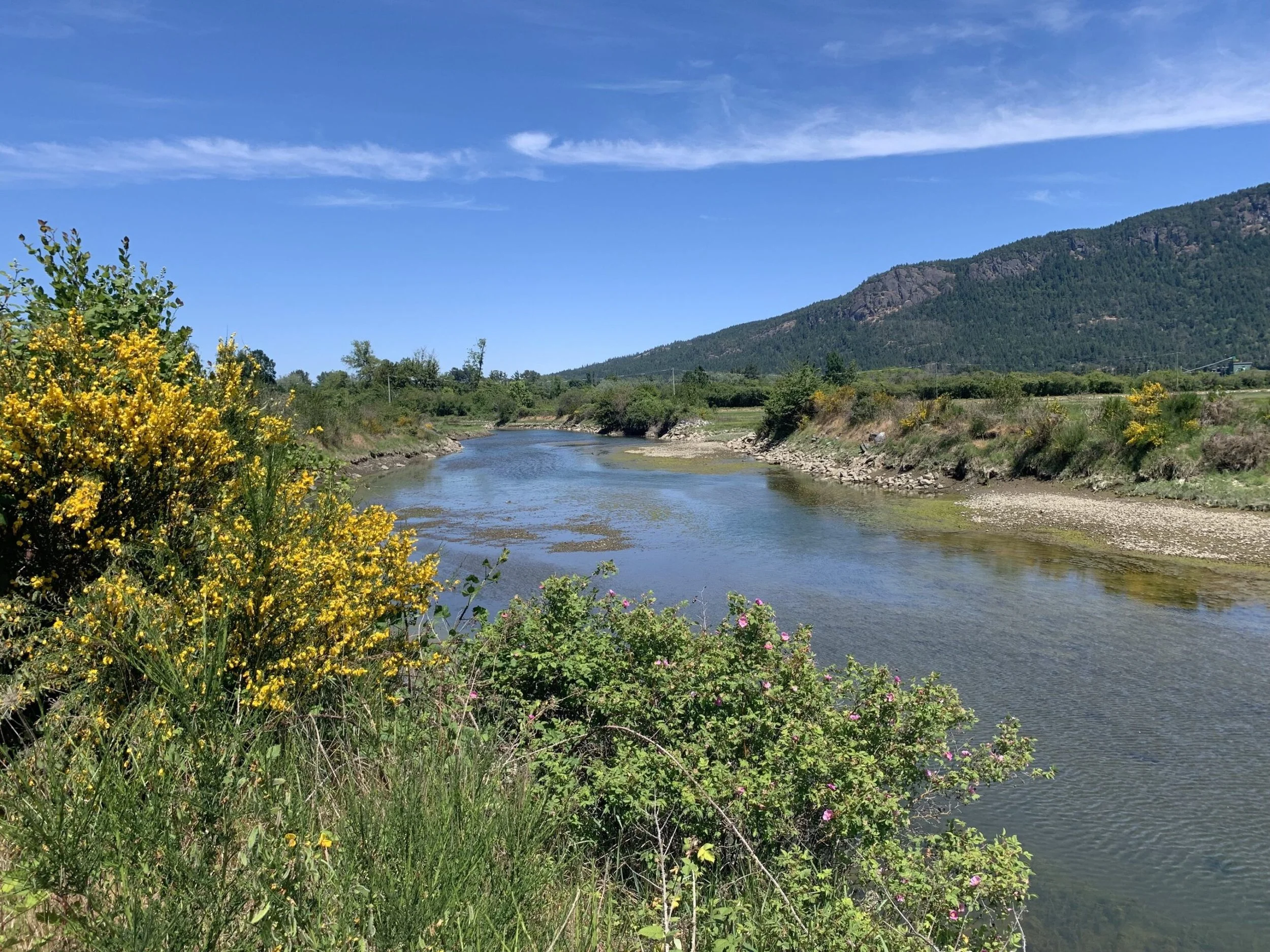
Enhance Nature Based Recreation
CERCA is dedicated to enhancing nature-based recreation opportunities in the estuary, ensuring accessibility for all. With the removal of the dike, the existing estuary trail at Maple Grove will no longer be available, making it crucial to establish and maintain the popular yet overgrown Blackley Dike trail as an official recreational area. Our vision for the estuary is to create a pristine and pollution-free environment, restored to its natural wild state, while also offering enhanced experiences for bird-watching, whale-watching, and hiking. By prioritizing conservation and recreational development, we strive to provide a welcoming and immersive experience for all who visit and live near the estuary.
-
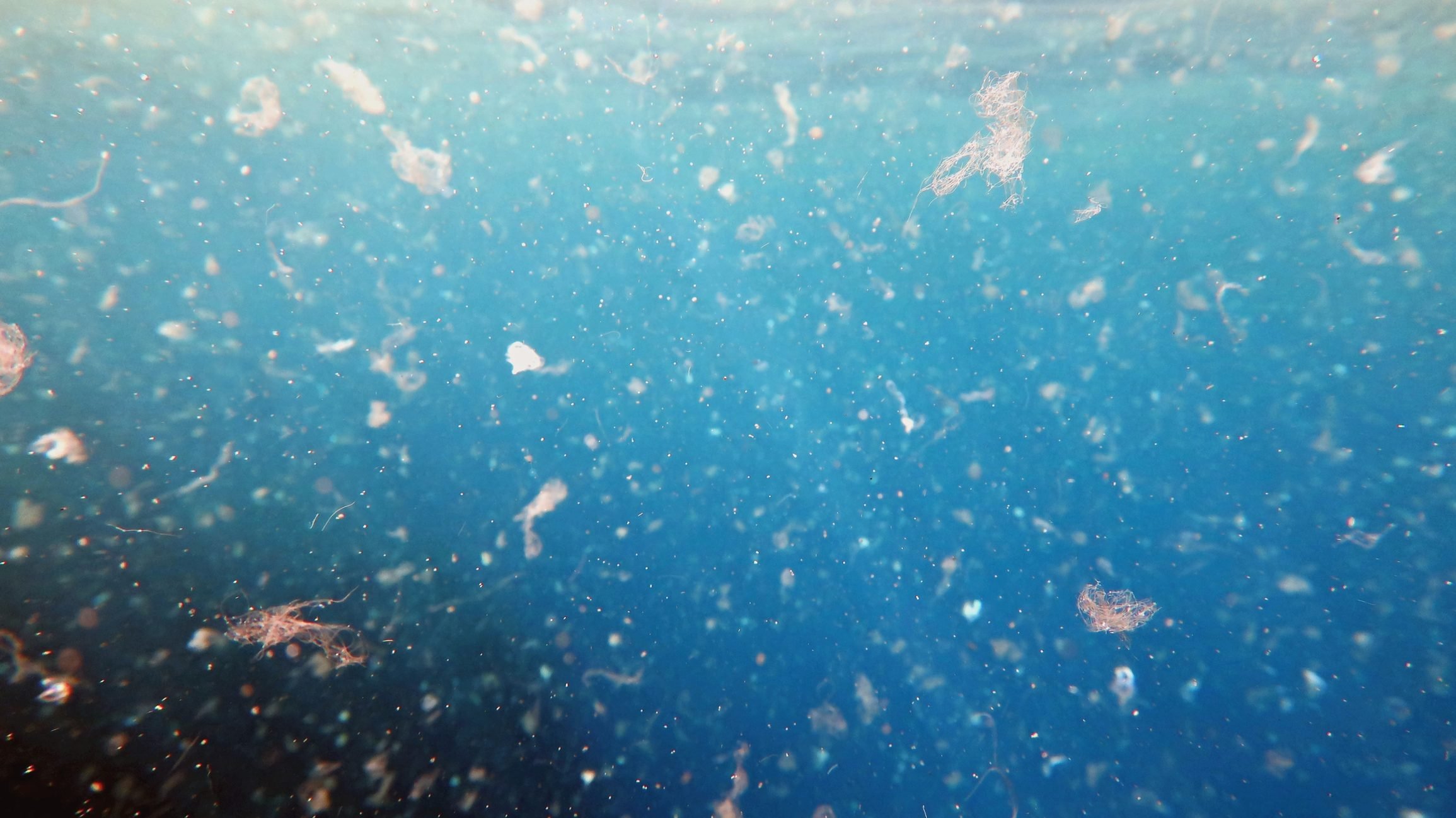
Microplastic & Nanoplastic
CERCA is conducting vital research on the entry of microplastics and nanoplastics into the food chain through the analysis of biosamples from salmon, forage fish, and bivalves such as crabs and mussels. This investigation is driven by the significant concerns surrounding biodiversity and the health of all living organisms, including humans. Understanding the extent of plastic pollution and its impact on the estuary ecosystem is crucial for developing effective strategies to mitigate its harmful effects. By studying the presence and effects of microplastics and nanoplastics, CERCA aims to safeguard the well-being of both the environment and the diverse species that rely on it.
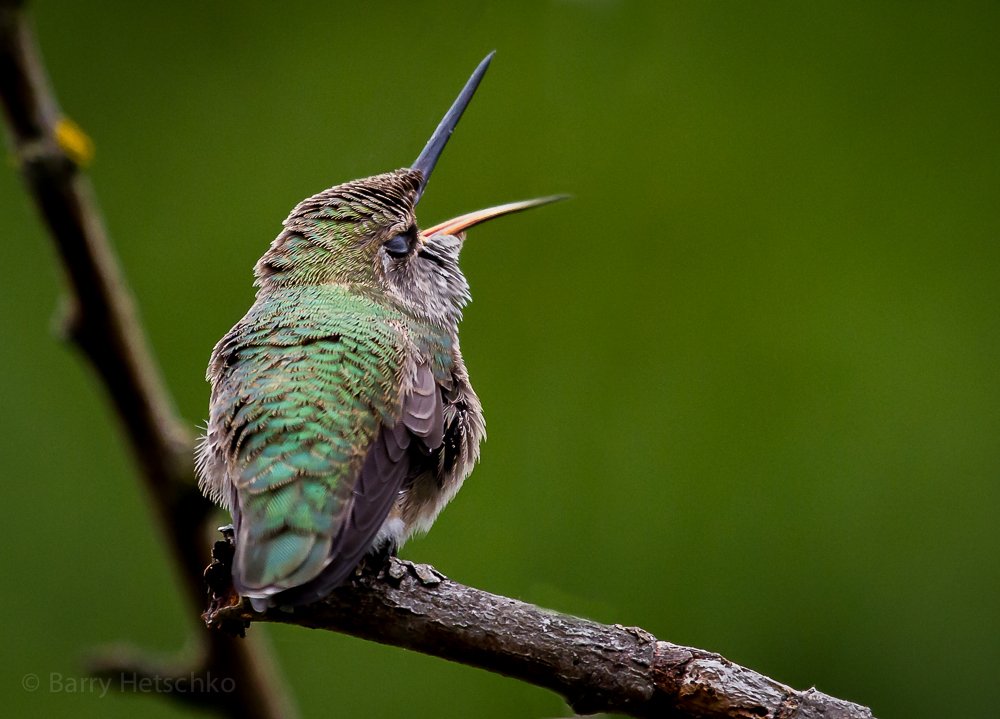

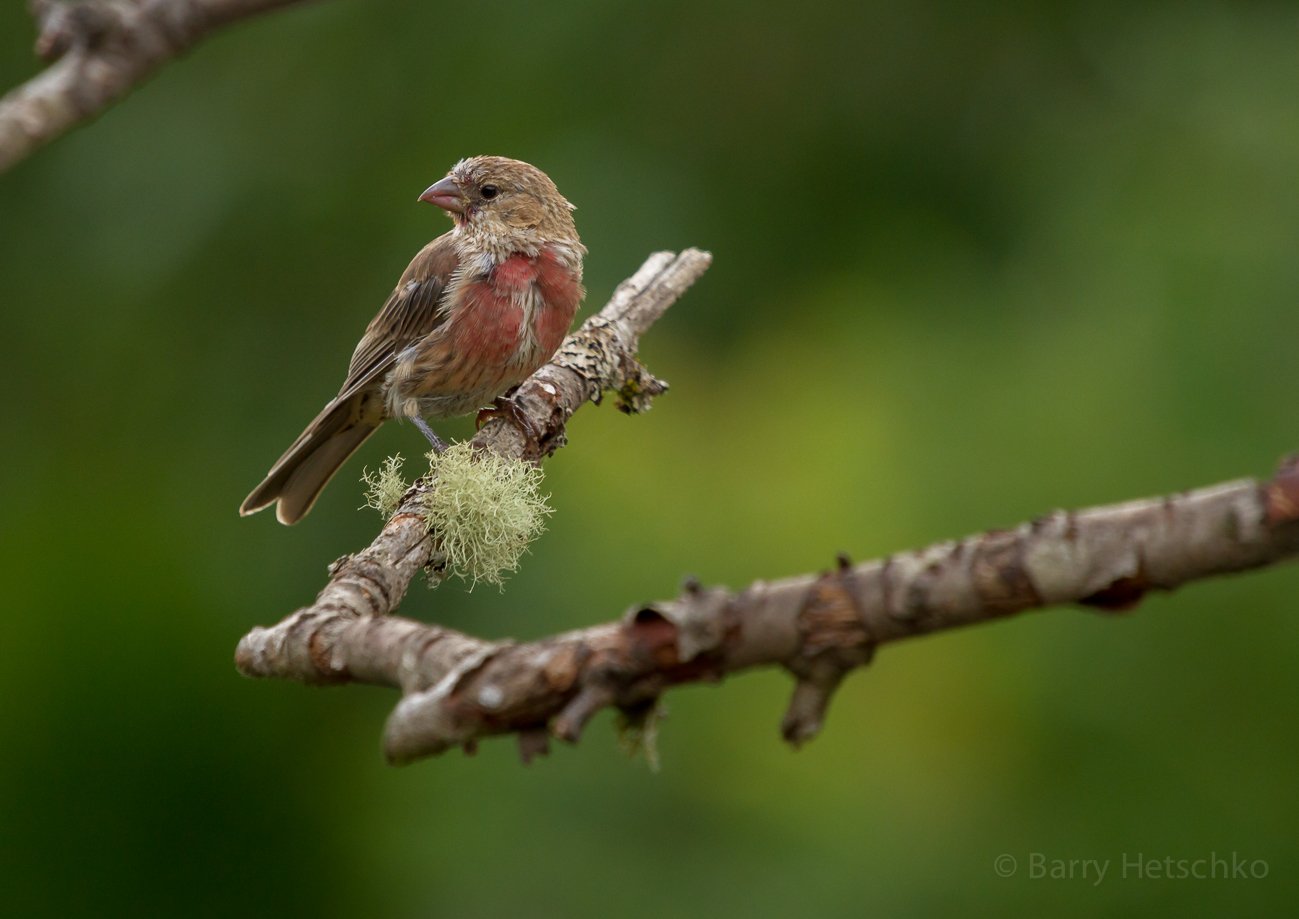
Activities and Projects 2017.
-
Swallow Habitat Enhancement
The results of the 2017 swallow nest box monitoring showed a more than 20% increase in box occupancy over the previous year, which already was highly successful. In 2017 almost 85% of the 40 nest boxes placed along the estuary nature trail were taken by tree swallows, with some of them successfully rearing a second clutch. Within this context I would like to thank the CERCA members who volunteered for the 2017 monitoring season providing us with excellent data.
Encouraged by the positive results the CERCA Board approved production of thirty additional boxes. The yellow cedar boards for the new boxes have been donated again by Murray from Dogwood Lumber. Robert Flach volunteered for the construction of the boxes which are now ready to be placed. Twenty boxes are earmarked for the fenceline along Blackly’s Farm and ten will be sold to the Cowichan Lawn Tennis Court with proceeds added to the CERCA account.
-
Educational Estuary Nature Trail
During October 2017 CERCA’s Cowichan Estuary Nature Trail serving as an open air classroom enjoyed the visit of two groups of Cowichan Secondary students, two groups of UVIC students and one group of the Cowichan Elder College. All in all more than 100 persons eager to learn about the history of the estuary, its ecological complexity, and socio-cultural, ecological and economic importance made use of CERCA’s offer of a guided trail walk in one month alone; several other groups took advantage of our early summer program.
The “land-based learning program” of Cowichan Secondary is a new approach by the School to provide Grade 10-12 students with the opportunity of “place-based, experimental learning” to develop connections to our community and natural world and further cultural understanding.
CERCA’s Estuary Nature Trail provides a unique educational opportunity to touch, see, smell, hear, or taste nature. Meanwhile CERCA continues to receive inquiries from trail users mostly regarding the lack of trail maintenance. It is true that blackberries and other vegetation are successfully trying to reclaim the trail after CERCA was asked by the Lessee of the area (Tidal Harmony Holdings/Western Stevedoring) in October 2016 to stop all work on the trail including maintenance. Unfortunately only one third of the trail had been completed at the time although all twenty interpretive trail signs designed jointly by CERCA and the Royal BC Museum are still waiting to be placed along the trail. We are still hopeful to get the permission to complete the trail which has become increasingly more popular amongst people from the Cowichan Valley and beyond.
-
Symposium on “Climate Change and Economy
This has been CERCA’s second Symposium with focus on Climate Change. The first, implemented in 2014, dealt with “Expected Impacts of Climate Change on Coastal Communities and Estuaries” whereas this year’s Symposium addressed expected impacts of climate change on our economy, how to prevent and mitigate expected impacts from climate change and how to adapt to such changes on a local level. With more than 230 pre-registered participants the Symposium was well attended, a reflection of the great interest in the overall theme and the high quality contributions by our esteemed guest speakers. The very positive feedback received from numerous attendees is taken as a testimony to a highly successful event. Indeed it was a remarkable day and for many of us more than a wake-up call. The wealth of information provided by our speakers and the lively discussions involving the panel members provided not only food for thought but also a definite call for action!
-
CERCA hosts Chinese Delegation
In March 2017 CERCA hosted a high level delegation from the coastal city of Tianjin in China, a city with a population of 15 Million and an area of approximately 12 thousand square km. The Group visiting CERCA and the Cowichan Estuary included the Deputy Director of the Tianjin Oceanic Administration and two Directors of the Tianjin Paleocoast and Wetland National Nature Reserve. This is one of the protected areas already established for the conservation and rehabilitation of an extensive estuary with a coastline of almost 180 km in length. A second reserve in the same estuary is the Dashentang Oyster Reef National Special Marine Reserve. The two protected areas have a combined total of almost 80 square km.
The answer to the question why this delegation working with a huge estuary in China compared to the eight square km Cowichan Estuary would want to visit our Estuary and learn from CERCA is simple: estuary ecology, problems, issues, challenges, and rehabilitation opportunities are very much alike anywhere in the world. The Tianjin estuary has suffered from industrial and port related impacts for decades. The port of Tianjin is the largest port in Northern China and the main maritime gateway to Beijing. Several years ago this facility suffered from a devastating explosion with catastrophic consequence from the chemical spill for the estuary and harbor. This triggered not only major clean-up activities but also served as a wake-up call for rehabilitation and restoration of the estuary. There still is a shellfish closure in effect shutting down a centuries old major shellfish industry, similar to the shellfish closure in Cowichan Bay. The Dashentang oyster reserve covering more than 34 square km was established in 2012. It is one of the largest oyster banks in the world and recognized for its great importance for water purification, one of the reasons why The Tianjin State Oceanic Administration signed its first cooperation agreement with the Chesepeake Bay National Estuarine Research Reserve which protects and manages approximately 30 square km of estuarine lands and waters of the largest estuary in North America.
The main reason for signing a second cooperation agreement with CERCA appears to be the interest of the Tianjin Oceanic Administration in CERCA’s Blue Carbon Project. It is China’s serious concern about global climate change and carbon emissions, air pollution and increasing health hazards plaguing their major cities, which makes them search for mitigation measures.
-
Estuary Habitat Map
Undoubtedly CERCA’s biggest 2017 achievement is the production of the attached Cowichan-Koksilah Estuary Habitat Map which was finalized in November after months of comprehensive field- and laboratory work. The geo-refererenced habitat polygons are based on hundreds of waypoints taken by CERCA volunteers. Numerous sample plots were analysed to define micro-habitat types. CERCA volunteers spent countless hours in the estuary at low tide during the summer months verifying the habitat polygons identified on orthophotos and thousands of geo-referenced drone photos produced by Vadebonceour Consulting. The aerial photo interpretation was done by Miranda Smith of M. Wright and Associates with financial support of the DFO. The extensive drone work, production of an orthophoto of the estuary and development of a 3-D model was done by Dr. Nathan Vadebonceour, mostly financed by CERCA with a financial contribution by Ducks Unlimited. All ground-truthing was completed by dedicated CERCA volunteers who were not afraid of getting stuck in the mud, crossing estuary channels carrying waist-deep water and out-running in-coming tides. Thanks to all of them for volunteering. The fringe benefit: a big learning experience to all of us participating discovering unknown mysteries of the estuary first hand, an unforgettable adventure. This state of the art, scientifically based habitat map will form the basis for all other work to be conducted in the estuary, to be added as GIS map layer, slowly expanding the knowledge of this precious ecosystem. The map will be made available free of charge to other researchers, institutions and persons who would like to use it for environmental protection work.
I invite you to have a closer look at some of the map details. Check out the distribution of oyster beds, or the location of eelgrass still to be found. We also collected valuable field data on oyster size and distribution, barnacle cover and the number of crabs found on each sample plot –mostly associated with oysters and gravel bars. These data will be used for our carbon study helping us to estimate the bio-carbon sequestration potential of mudflats. The mapping of salt marsh habitat polygons will also be very useful for future salt marsh monitoring. It will be interesting to learn whether salt marshes will expand or recede over time and how they will react to rising sea levels. The habitat map will serve as valuable tool for land use decisions in the estuary and much more.
Activities and Projects 2016.
-

Causeway Slough Rehabilitation
The proposed rehabilitation of the two-acres slough located half way along the trail is an integral part of the Estuary Nature Trail Project trail project . As a “stand-alone“ project it requires separate funding which we hopefully receive from the Ministry of Environment’s Wetland Fund.
-

Cowichan Estuary Nature Trail Open-Air Classroom
The proposed trail will address a wide spectrum of target groups including schools, Universities, birder community, artists, and recreational walkers
-

Salmon Smolt Monitoring
Salmon smolt monitoring at both sides of the new Causeway Bridge is an essential follow-up to the completed breaching of the Causeway
-

Cowichan Estuary and Floodplain Habitat Mapping
CERCA is in the initial stages of planning a GIS-based large-scale habitat mapping project (scale of 1:1000) of the Cowichan Estuary in preparation of a larger scale carbon sequestration project with focus on the “mudflats“ and adjacent salt marshes
-

Blue Carbon Research
Carbon stored in estuaries, coastal areas and by our oceans is commonly referred to as “Blue Carbon” .
Activities and Projects 2012 – 2015.
-

Mobile Estuary Exhibition
The Cowichan Estuary Restoration and Conservation Association developed the basic concept of a mobile estuary exhibition in March 2013. In search of a suitable partner for implementing this ambitious project contacts were established with the Royal BC Museum which subsequently choose CERCA as a model citizen group for the Museum’s recently established extension program.
-

Symposium “Expected Impacts of Climate Change on Coastal Communities and Estuaries"
SUMMARY of SYMPOSIUM
on Expected Impacts of Climate Change on Coastal Communities and Estuaries (June 14, 2014)
Organized by the Cowichan Estuary Restoration and Conservation Association (CERCA)
-

Perception Poll Cowichan Estuary
Cowichan Bay Perception Poll
Design and Implementation by UVIC and CERCA, implemented between 18th of January and 1st of February 2014
-
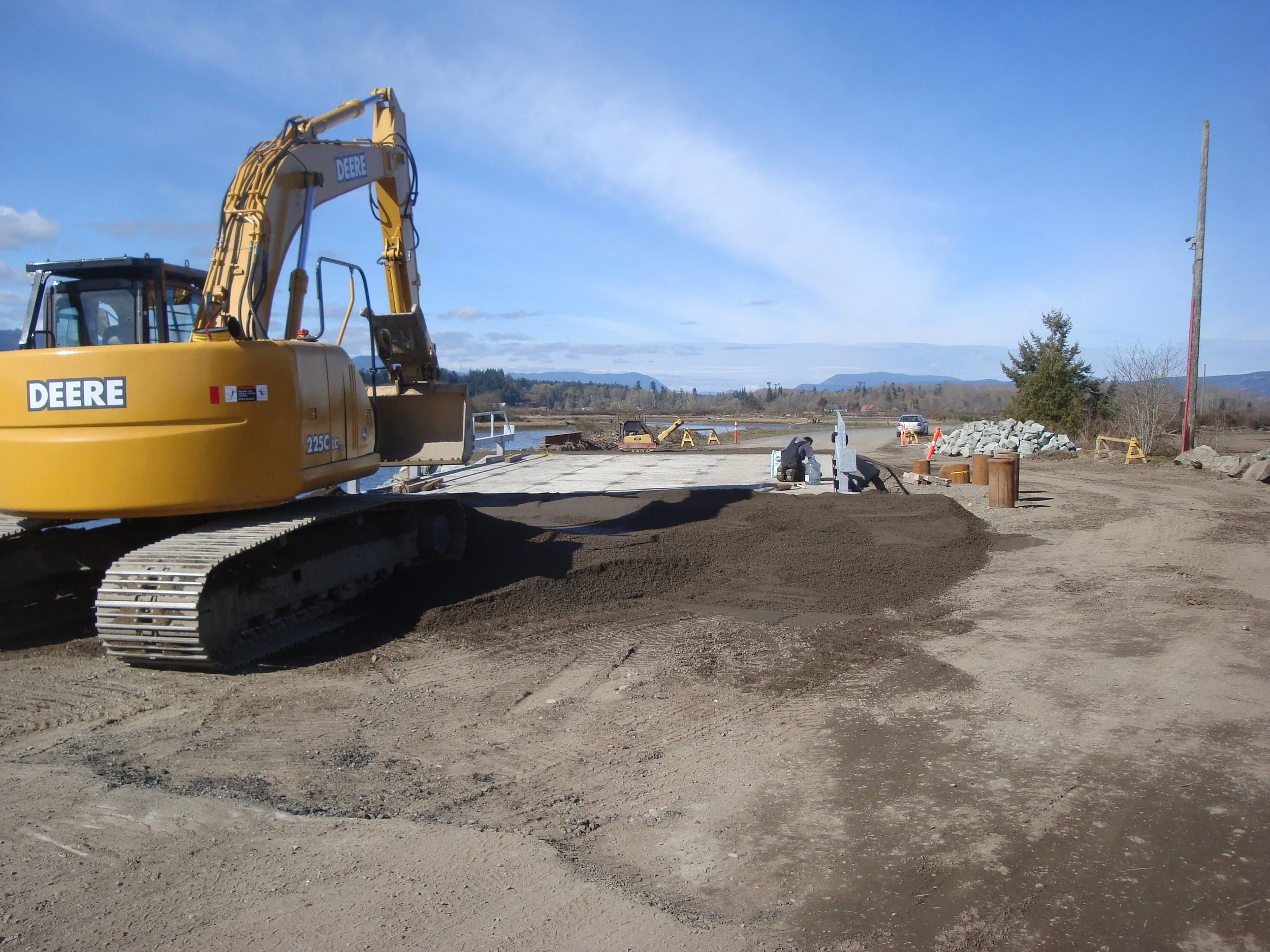
Breaching Cowichan Causeway
The project focuses on breaching the man-made dyke located in the centre of the Cowichan Bay estuary effectively dividing the estuary into two sections thus preventing proper ecosystem functioning and severely impacting wetland/estuary hydrology.
-

Herring Habitat Enhancement
On Saturday March 28, 2015 we celebrated the completion of the “Breaching the Dyke“ Project. The breach is now spanned by a double -lane bridge which facilitates the traffic to the Westcan Terminal.
-

CERCA and Island Savings First Fund-raising Dinner and Art Auction
CERCA in partnership with Island Savings, CERCA’s official Corporate Sponsor organized and implemented a formal fundraising dinner and art auction in support of two of CERCA’s planned priority projects in the Cowichan Estuary.
-
Mariners Island Salt Marsh Rehabilitation
The salt marsh rehabilitation of Mariners Island had been identified as a priority project resulting from the comprehensive participatory SWOT analysis implemented by CERCA in 2012.

Make a donation.
Whether you wish to become a member or not, we welcome donations of any size to continue our work. You may wish to donate a monthly amount, donate once a year, or consider “Planned Giving” as part of a bequest. We would be pleased to discuss these options with you!
